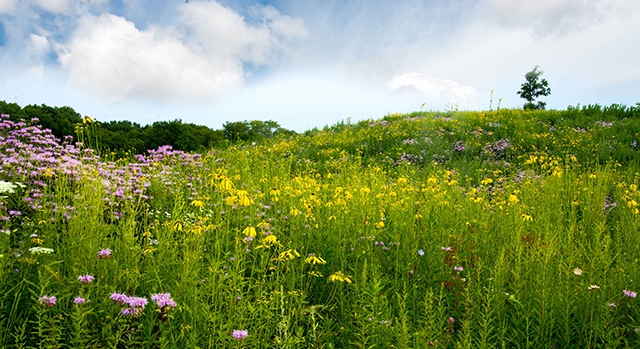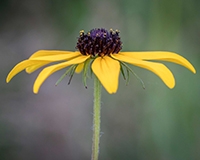If you have many plant questions like I did, I invite you to come to my Plant Anatomy and Physiology series. All of these questions (and more!) are investigated in the science of plant physiology, which is the study of plant processes and is just chock-filled with mind-blowers. For example, when you walk through the woods in the winter and see buds at the end of the twigs on trees, you are looking at fully formed leaves and flowers, packed in nature’s most elaborate origami. Leaves for next growing season, made last growing season.

Photo (above): Phyllis Bankier | Photo (upper right): Ian Dickmann
Plant Anatomy and Physiology is an in-depth course, and over the seven sessions, we will learn about plant anatomy, photosynthesis, respiration, and metabolism. We will learn about dormancy and seed germination, mineral nutrients, plant hormones, and the answers to all the questions written above! And don’t worry, we won’t get bogged down in memorizing chemical reactions, we will concentrate on the most interesting and accessible parts of a plant’s life.





